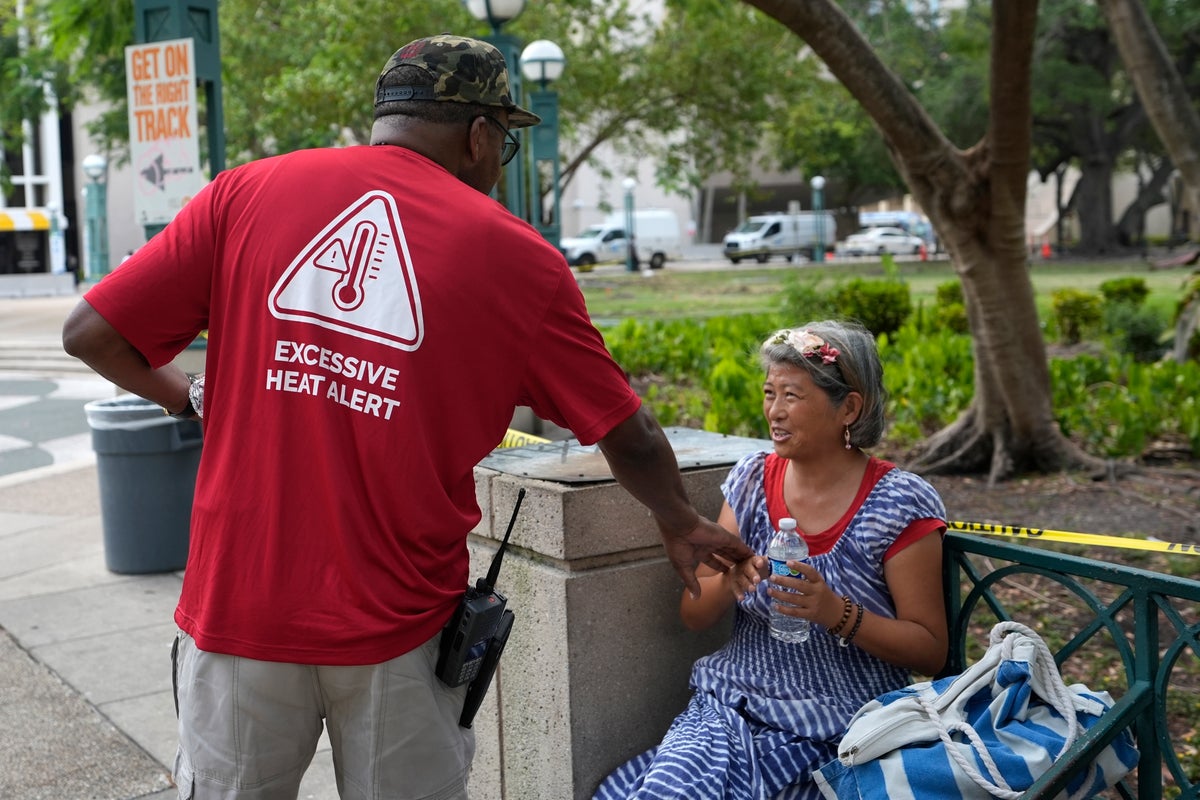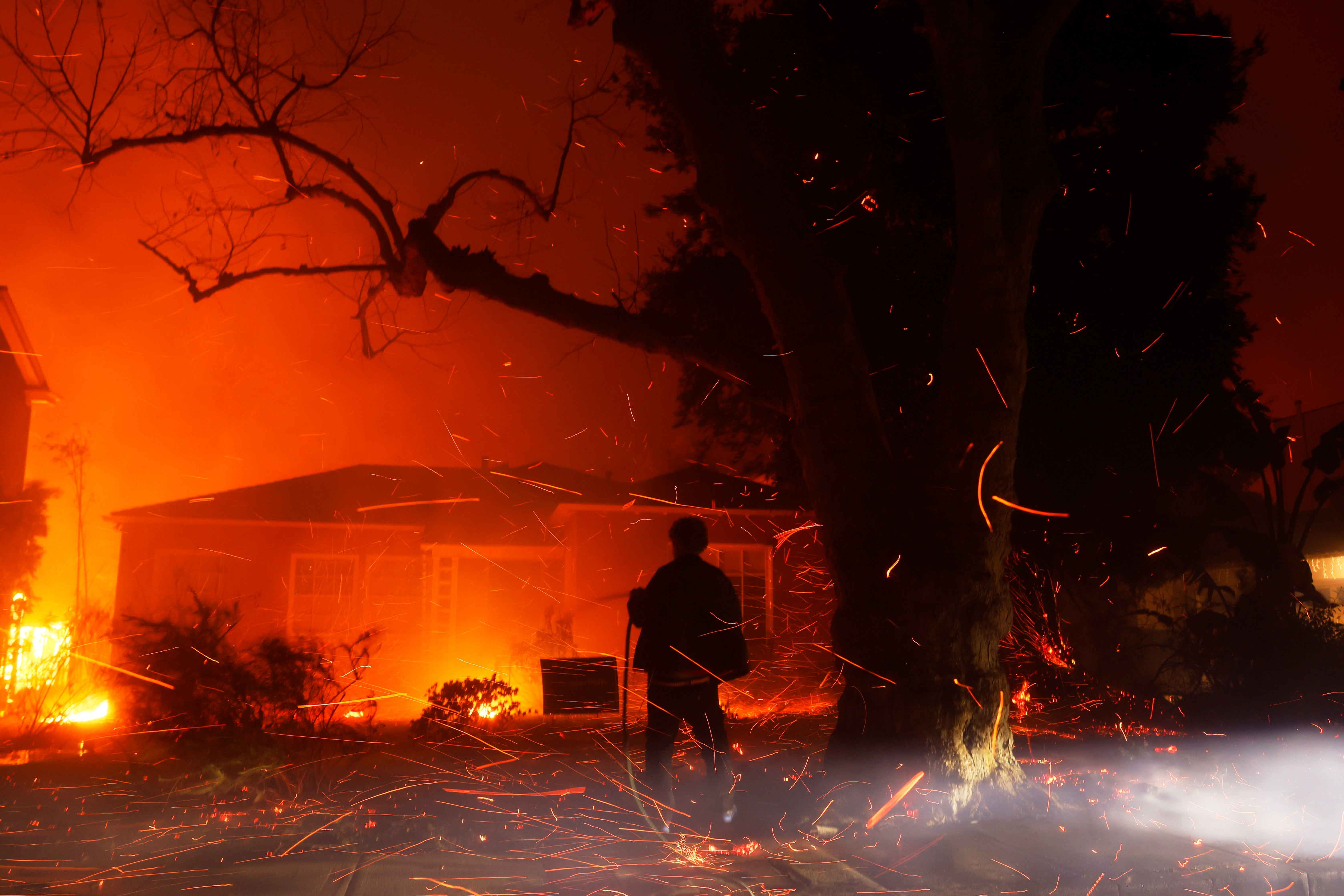How a week of weather extremes upended the lives of millions of Americans
Share:
It was a week of fire and ice. It began with millions of people across the U.S. shivering amid blizzard conditions and frigid air that lasted for days, thanks to a jet stream that slips out of its usual path more often these days. Then, catastrophe in California, with wind-whipped flames taking off in a landscape parched by months of drought to become Los Angeles' worst-ever wildfires.
To cap it off, major weather monitoring agencies confirmed 2024 as the hottest year in global history. Even more dire, four of the six agencies said it was the first full year Earth went beyond a warming threshold seen as critical to limiting the worst effects of climate change.
Welcome to one wild week of the climate crisis, scientists say. There will be more. “For the average person, this means the changes you’re experiencing — more extreme weather, rising costs due to climate impacts, threats to food and water security — aren’t anomalies,” said Victor Gensini, a meteorology professor at Northern Illinois University. “They’re the new normal unless we take action.”.
“The last week of weird weather has been alarming,” said Natalie Mahowald, chair of Earth and Atmospheric Sciences at Cornell University. “I hope it’s not a sign of things to come, because we’ve barely seen any climate change compared to what we are going to get unless we radically cut CO2 emissions.”.
Here's how the week unfolded. Monday. The cold came first. The Arctic is warming four times faster than the rest of the world, which means the difference between temperatures up north and down south are shrinking — along with sea ice that releases more heat into atmosphere. That means more energy bouncing off and warping or moving the polar vortex, scientists say. And climate change is also messing with the jet stream, the air currents that circle the globe.






















